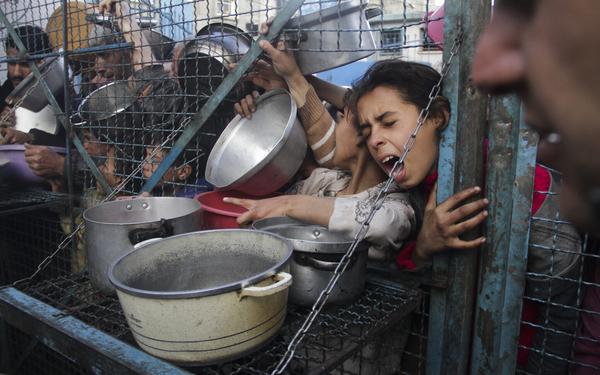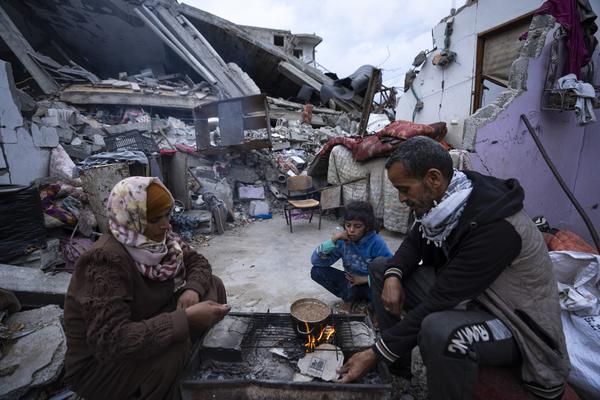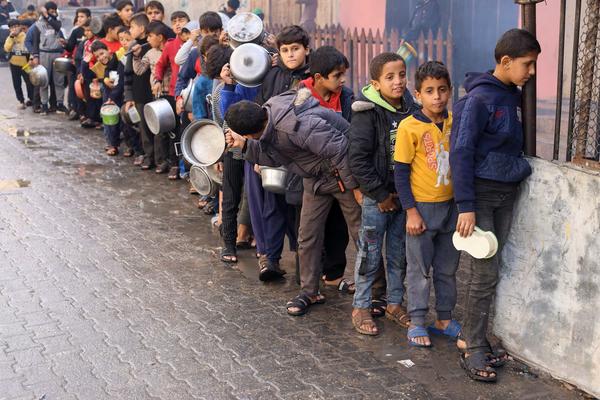



Gaza Food Condition: A Deepening Crisis
The food condition in Gaza has reached a critical state with imminent famine. Explore the dire situation and its causes in this comprehensive analysis of Gaza's food crisis.
The Current State of Food Insecurity in Gaza
A Looming Famine
The Integrated Food Security Phase Classification (IPC) reports that over half of Gaza's population, around 1.1 million people, are experiencing catastrophic food insecurity, with conditions set to worsen unless immediate action is taken. The blockade, compounded by ongoing hostilities, has crippled the local economy and agricultural production, leading to severe food shortages and escalating prices.
Impact on Vulnerable Populations
Children and pregnant women are among the most affected, with high rates of severe malnutrition reported. Approximately 335,000 children under five are at risk of stunting due to chronic malnutrition, which can lead to long-term cognitive and physical impairments.
Agricultural Destruction and Economic Blockade
The destruction of agricultural infrastructure and the blockade of Gaza's borders have severely restricted access to food. Over 22% of agricultural land has been destroyed, and around 70% of Gaza’s fishing fleet has been decimated, further reducing the availability of local food sources.
Humanitarian Aid Challenges
Despite efforts by humanitarian organizations, significant obstacles remain. Border closures, security risks, and logistical challenges hinder the delivery of essential supplies. The limited aid that does reach Gaza is insufficient to meet the growing needs of the population.
The Role of International Response
Humanitarian Interventions
The United Nations and various NGOs are working to deliver food and medical supplies, but access restrictions and ongoing violence complicate these efforts. The international community has called for an immediate ceasefire and unimpeded humanitarian access to prevent famine and address the urgent needs of the population.
Call for Ceasefire and Aid Expansion
Experts stress that a ceasefire is crucial to facilitate the delivery of humanitarian aid. They also highlight the need for increased funding and support for relief efforts to prevent the worsening of the food crisis in Gaza.
FAQs
What is the current food condition in Gaza?
The food condition in Gaza is critical, with over half of the population facing catastrophic food insecurity and imminent famine.
Why is there a food crisis in Gaza?
The food crisis is primarily due to the ongoing conflict, destruction of agricultural infrastructure, and the blockade that restricts access to food and essential supplies.
How are children affected by the food crisis in Gaza?
Children are severely affected, with high rates of malnutrition and stunting due to insufficient food and healthcare.
What is being done to address the food crisis in Gaza?
Humanitarian organizations are delivering aid, but significant challenges remain. There is a call for a ceasefire and increased humanitarian access to alleviate the crisis.
What are the main challenges in delivering humanitarian aid to Gaza?
Challenges include border closures, security risks, logistical issues, and restrictions on the movement of goods and aid workers.
What can be done to improve the food situation in Gaza?
An immediate ceasefire, unimpeded humanitarian access, and increased international support are essential to improving the food situation in Gaza.
Conclusion
The food condition in Gaza is dire, with imminent famine threatening millions. The international community must act swiftly to ensure humanitarian access and provide the necessary support to prevent further deterioration. Immediate and coordinated efforts are needed to address this severe crisis and support the vulnerable population of Gaza.
💔 Donate to Support Gaza's Children
Your donation can make a significant difference in the lives of children affected by the crisis in Gaza. Donate now via Bitcoin or Stripe to provide essential aid and support.
Donate Now